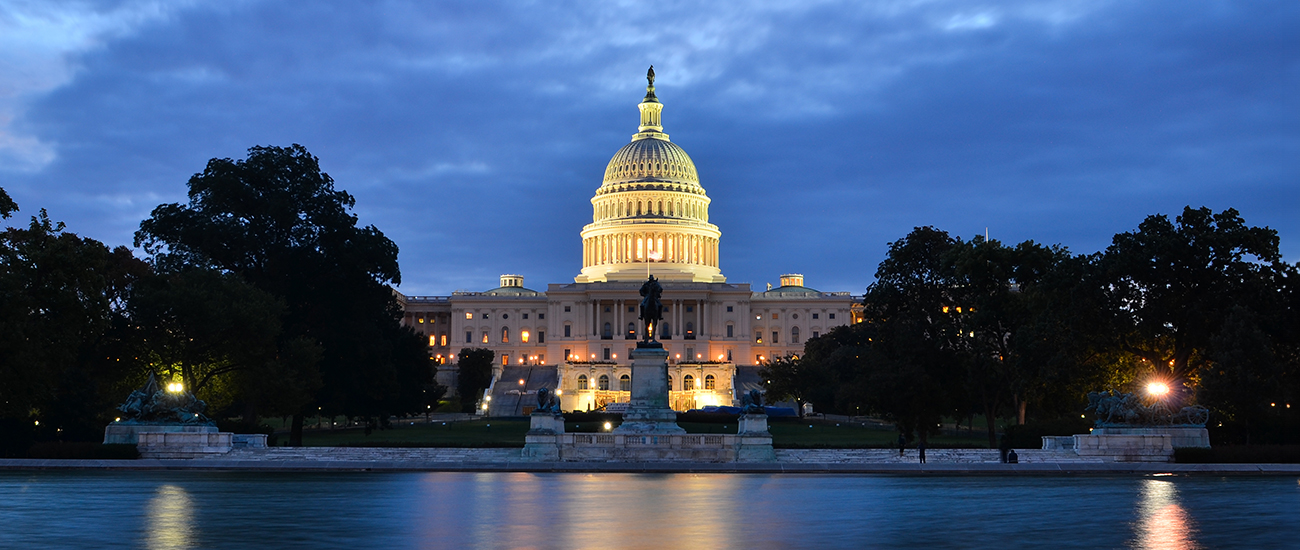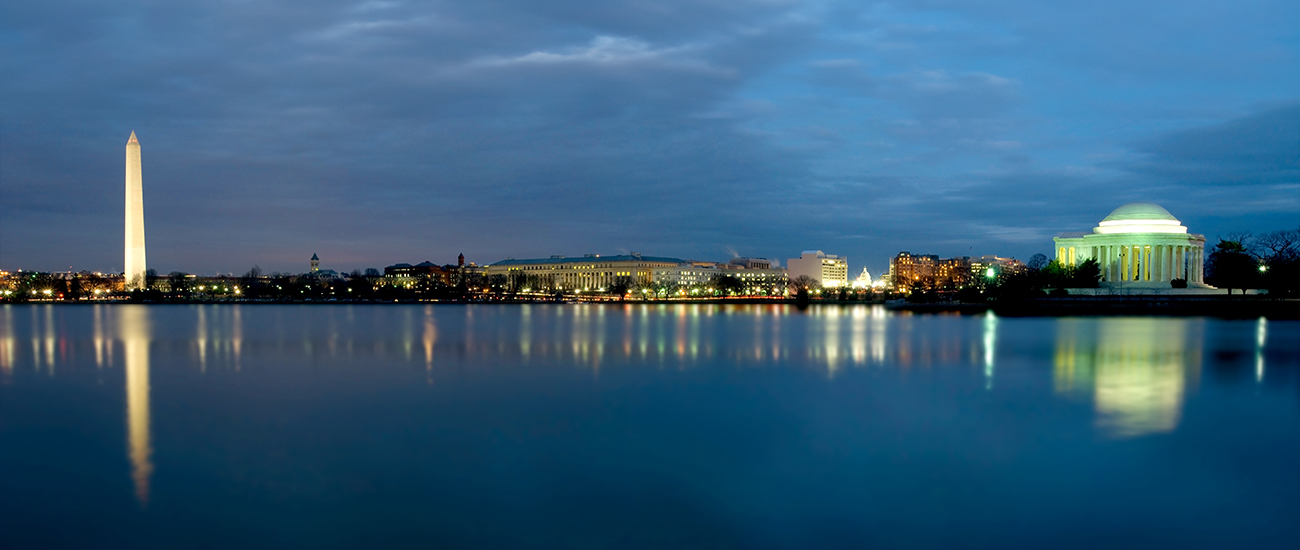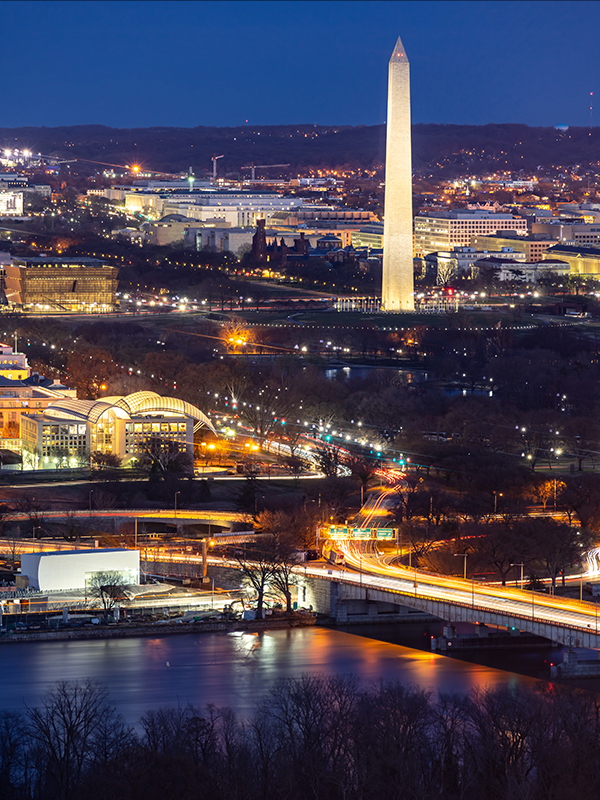- Contact Us Now: (202) 589-1834 Tap Here to Call Us
Supreme Court Rejects FTC’s Petition to Overturn Schering-Plough Decision Relating to Reverse Payments to Generics
On June 26, the United States Supreme Court declined to hear the Federal Trade Commission’s (“FTC”) appeal of the Eleventh Circuit’s decision that Schering-Plough Corp. (“Schering”) legally paid two generic drug competitors to stay out of the market as part of a settlement to patent litigation. In the past, the FTC has taken a consistently aggressive approach that a money payment from a branded drug company to a generic company that delays the entry of a generic version of a branded drug is illegal.
Hatch-Waxman Act
The case raises important policy issues at the intersection of patent law and antitrust law. It involves the settlement of patent litigation between the manufacturer of a patented drug and two generic competitors, in the context of the Drug Price Competition and Patent Term Restoration Act (commonly known as the “Hatch-Waxman Act”).
Under the Hatch-Waxman Act, a generic drug manufacturer may be approved to market its generic drug without expensive and time-consuming safety studies if its drug is the bioequivalent of a pioneer drug that is already approved for marketing. In order to receive this approval, the generic manufacturer must certify through a Paragraph IV certification that the relevant patents on the brand name drug are either invalid or will not be infringed by the generic drug. The pioneer manufacturer is then notified of the generic’s desire to enter the market; if the pioneer manufacturer sues for patent infringement within forty-five days of receiving notice, Hatch-Waxman imposes a thirty month stay on Food & Drug Administration (“FDA”) approval of the generic. The automatic stay of FDA approval is triggered without regard to the merits of the patent holder’s lawsuit.
In addition, the Hatch-Waxman Amendments and the federal regulations that implement them provide that the first generic applicant to file a Paragraph IV certification is entitled to 180 days of exclusivity before additional generic versions of the same brand-name drug are permitted to enter the market. This exclusivity is valuable. It begins when the first applicant begins commercial marketing of its product or when a court holds the patent invalid or not infringed, whichever occurs first. Thus, if a brand-name company is able to delay the entry of the first-filing generic applicant, it may be able to delay the entry of all other generic applicants as well.
Background Facts
Schering-Plough reached settlement agreements with Upsher-Smith Laboratories, Inc. (“Upsher”) in 1997 and ESI Lederle Inc. (“ESI”), a division of American Home Products Corporation (“AHP”) in 1998 that settled ongoing patent infringement litigation between the companies. As parts of the settlements, the generic manufacturers agreed not to market their alternatives of Schering-Plough’s high blood pressure potassium supplement, called K-Dur 20 for a period of time.
The FTC filed an administrative complaint in 2001 to stop the settlement agreements. An administrative law judge (“ALJ”) dismissed the matter in 2002, but the full FTC Commission overruled the ALJ in 2003. On appeal, the Eleventh Circuit sided with Schering.
The Supreme Court’s rejection of the appeal came after the FTC and the Department of Justice Solicitor General’s office openly argued over whether the Supreme Court should hear the case. The Solicitor General’s amicus curiae brief filed on May 17, 2006, contended that the FTC’s appeal does not present an appropriate opportunity for the Supreme Court to determine the proper standards for distinguishing legitimate patent settlements. The Solicitor General also downplayed any split among the Circuits. The Solicitor General stated that the Sixth Circuit considered the reverse payments settlement issued in In re Cardizem CD Antitrust Litigation, 332 F.3d 896 (2003), cert. denied, 543 U.S. 939 (2004) and had held an interim settlement as a per se violation of the antitrust laws. The Solicitor General also distinguished that case, as having involved a settlement on non patented products. The FTC countered in its brief which was filed on June 12 that the Solicitor General fails to appreciate the extent to which the Eleventh Circuit’s ruling places patent settlements beyond antitrust scrutiny or creates a fundamental inconsistency between law in the Eleventh Circuit and the policies set forth in the Hatch-Waxman Act. Moreover, the FTC contended that a failure to review and overturn this case would have a staggering economic impact on consumers of prescription drugs. According to the FTC, the Eleventh Circuit’s decision already has led to a number of settlement agreements between branded and generic drug companies that are currently delaying the entry of numerous generic drugs, which, is costing American consumers millions of dollars. Nevertheless, the Supreme Court decided that this issue will not be decided this term.
The 11th Circuit Decision
In Schering-Plough Corp. v. Federal Trade Commission, the Eleventh Circuit ruled that not all patent lawsuits involving payments from the patent holder to the alleged infringer are illegal. Schering manufactured and marketed a drug on which it had a patent (the “’743 patent”). Upsher and ESI manufactured generic versions of the drug and Schering filed patent infringement suits against both companies.
Schering reached a separate settlement with each company. In each case, Schering agreed that the generics could enter the market in advance of the expiration of the ‘743 patent. Upsher was allowed to enter six years ahead of expiration of the patent and ESI was allowed to enter three years ahead of expiration of the patent. Schering paid Upsher $60 million for a license for Niacor, a cholesterol-reducing drug. Schering paid ESI $5 million for attorney fees, $15 million to license other products from ESI, and paid $10 million if ESI’s generic version was approved by a certain date. In both cases, the settlement agreements terminated the patent infringement litigation between the parties.
The FTC filed a complaint alleging that these agreements violated the FTC Act and the Sherman Act. A FTC ALJ found the agreements to be lawful settlements of patent infringement suits. On appeal, the full Commission held the agreements violated the FTC Act and the Sherman Act. Applying a rule of reason analysis, the Commission concluded that Schering’s payments to generics were not legitimate consideration for licenses, but that they were in fact part of a quid pro quo to delay entry, and that the agreements harmed competition and consumers.
According to the Eleventh Circuit’s interpretation of the Commission’s decision, the Commission essentially prohibited settlements under which the generic receives anything of value and agrees to defer its own research, development, production or sales activities. The Eleventh Circuit found the license payments from Schering to Upsher and ESI to be legitimate and not shams to delay generic entry. Indeed, the settlement agreements allowed for entry well in advance of the expiration of the patent. Moreover, the Eleventh Circuit was of the opinion that settlements of litigation are favored generally and patent settlements within the scope of the patent at issue are favored particularly because they may enhance efficiency and spur innovation.
Where Does the FTC Go From Here?
The Supreme Court’s decision not to hear the case means that the Eleventh Circuit’s decision stands. In other words, Schering’s patent settlements with Upsher and ESI-AHP, now Wyeth, do not violate the antitrust laws. The FTC is obviously disappointed that the Supreme Court chose not to accept the appeal and now it will face a number of patent settlements that will challenge its historical policies against such agreements that delay generic entry.
Indeed, there is evidence that these agreements are becoming more prevalent.
On April 24, 2006, FTC Commissioner Jon Leibowitz acknowledged that brand-name drug companies have increasingly started paying generic drug makers to delay their entry into the market when generics challenge the validity of the original patents since the Eleventh Circuit’s decision. Based on the information reported in the FTC’s 2002 study and on settlements reported between 1999 and 2004, no patent settlements included both compensation to the generic and a restriction on the generic’s ability to market its product. In contrast, three settlements submitted in the 12 months ending September 30, 2005 included those terms. Now that the Supreme Court denied cert, the FTC can expect this number to increase.
Brand-name and generic drug companies, however, should expect the FTC to vigorously scrutinize these settlement agreements regardless of the Eleventh Circuit’s decision and the Supreme Court’s decision to deny cert. Moreover, the Supreme Court’s decision merely postpones the issue to a case more favorable to a finding of an antitrust violation. Even before the Supreme Court’s denial of cert, Commissioner Leibowitz commented that the other option for the FTC is to bring a case in the Sixth Circuit, which has favorable case law; the Ninth Circuit, which is generally more receptive to antirust claims; or the D.C. Circuit, which has significant experience in antitrust matters to create a split in the Circuits.
In other words, the FTC will have to find another patent settlement case to appeal to the Supreme Court. It is possible petitions may be filed with the Supreme Court stemming from litigation in the Second Circuit over Tamoxifen, a breast cancer drug sold by AstraZeneca PLC. See Tamoxifen Citrate Antitrust Litigation, 429 F.3d 370 (2d Cir. 2005). While recommending that the Supreme Court not hear the Schering case, the Solicitor General’s brief expressly recognizes the important issues concerning potential antitrust violations in patent settlements so the Supreme Court might be amenable to hearing such a case even in the future.
In the Tamoxifen case, the patent holder entered in to a patent settlement with the generic challenger, whereby it paid the generic to delay its entry, after the patent had been held unenforceable by the district court. Zeneca, through a predecessor, obtained a patent on Tamoxifen in 1985 with an expiration date of 2002. Tamoxifen became a widely prescribed drug for the treatment of breast cancer. Barr filed an Abbreviated New Drug Application (“ANDA”) seeking FDA approval for its generic version with a Paragraph IV certification in September 1987. Within 45 days, Zeneca sued Barr for patent infringement. The trial court found Zeneca’s patent invalid. While the appeal to the Federal Circuit was pending, however, Zeneca and Barr reached a settlement in 1993. Zeneca paid Barr a $21 million payment, plus another $43 million to Barr’s suppliers over a 10 year period. The parties also filed a joint motion to vacate the trial court judgment finding the patent invalid, which was granted. Barr changed its Paragraph IV certification to a Paragraph III certification, which delays FDA approval of the generic until the patent expires, with the ability to reassert a Paragraph IV if the patent was invalidated in a later lawsuit. Zeneca also granted Barr a non-exclusive license to market Zeneca’s branded version of Tamoxifen. In the 1993-2000 period, three other generic manufacturers filed ANDAs with Paragraph IV certifications. Zeneca filed infringement suits against each one. In each case, the court rejected the generic’s attempt to rely on the vacated judgment and upheld the validity of Zeneca’s Tamoxifen patent. Therefore, the Tamoxifen case might provide a better set of facts for the Supreme Court to review than the Schering case. If not, the FTC will undoubtedly look for another case to challenge.
Conclusion
These patent settlement agreements that resolve litigation by requiring the branded drug company to compensate the generic drug company to delay the entry of its products highlight the tension between the patent laws and the antitrust laws. The patent laws reward innovation by granting an exclusionary right to market products for a fixed number of years. The antitrust laws prohibit competitors from allocating markets among themselves. The FTC views these agreements as market allocation arrangements without addressing whether the patent holder’s patent claims are valid. While the FTC is seeking a strict legal standard for patent holders that would prohibit them from paying their generic competitors to stay out of the market, the Supreme Court has dealt the commision a temporary blow. However, the increase in the number of patent settlements restricting generic entry will create more opportunities for the FTC to investigate and challenge patent settlement agreements. Brand drug and generic drug companies therefore, should enter into these patent settlement agreements cautiously because the FTC is monitoring these arrangements closely.
Authored by
Andre P. Barlow
202-589-1838
abarlow@dbmlawgroup.com




